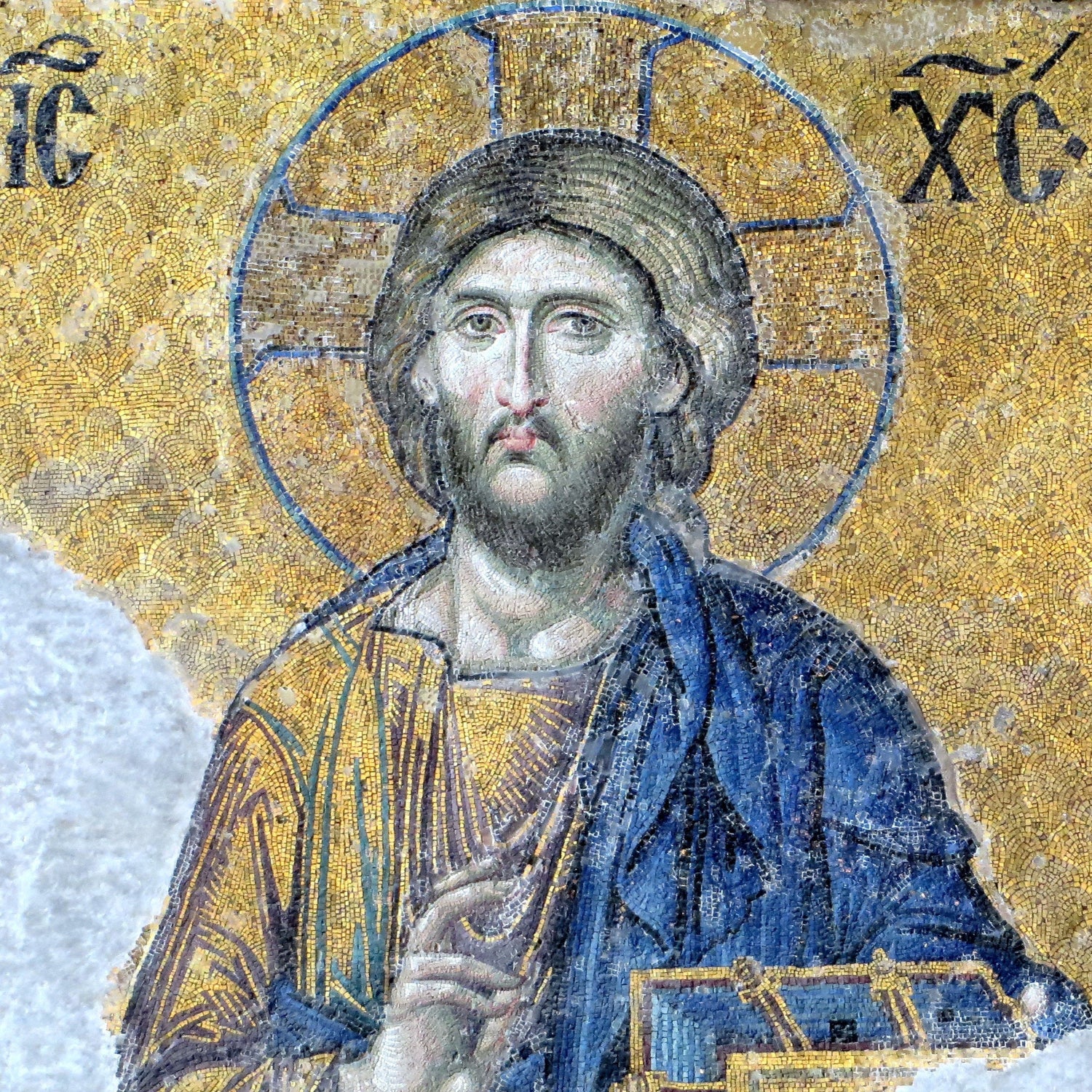Chi Rho (Silver & Gold Vermeil)
Chi Rho (Silver & Gold Vermeil)
Chi-Rho
(All Traditions)
History, Meaning, and the Constantine Tradition
The Chi-Rho is the monogram formed from the Greek letters Χ (Chi) and Ρ (Rho) — the first two letters of Χριστός (Christos). In its simplicity the sign says what Christians have always confessed: Christ is Lord. The symbol appears in Roman-period Christian art (catacomb inscriptions, sarcophagi, mosaics) from at least the third century onward as a compact, public shorthand for that confession. Long before imperial banners, Christians used the Chi-Rho in burial art, on liturgical objects, and as a private emblem of faith — a brief, visually powerful way to name the Lord amid a pagan world. You find it tucked into manuscripts, carved into stone, and woven into late-antique liturgical textiles. It is thus both a sign of identity (we who are in Christ) and a mark of hope (Christ’s name endured through persecution).
Constantine and the Vision: two surviving testimonies
The best-known story links the Chi-Rho with Constantine the Great and his victory at the Milvian Bridge (312 AD), but the ancient testimonies do not read exactly the same. Lactantius (a Christian writer who was roughly contemporary) describes Constantine having a dream in which he was told to inscribe the heavenly sign of God on the shields of his soldiers; he reports that a sign was shown but does not give many graphic details. Eusebius of Caesarea (a bishop who wrote Constantine’s early life decades later) gives a fuller narrative: Constantine saw a cross of light above the sun and the words usually rendered as “In this sign, conquer.” The next day, Eusebius says, Constantine ordered the Christian standard — the labarum — to be borne in battle. In some manuscripts and later tradition, the monogram (Chi-Rho) is explicitly connected to that divine sign.
Modern historians note differences in the accounts and the way later tradition shaped the story; nevertheless, the witness that Constantine adopted a Christian emblem and marched under it is part of early Christian memory and classical iconography. Whether a cross of light, a Chi-Rho, or a combination of signs, the episode marks a pivot: a Christian symbol moved from catacombs and liturgy into the sphere of imperial public life. After Constantine, the Chi-Rho appears on imperial coins, military standards (the labarum), and Christian monuments — a visible bridge between the Church and the restored public life of religion. Over centuries the symbol was read in many ways: as a sign of Christ’s victory, as a protective emblem, and as a proclamation of the gospel. Byzantine mosaics, medieval manuscripts, and Oriental liturgical arts all adopt the monogram in local styles; it becomes an ecumenical motif precisely because it names the same living reality Christians of every rite proclaim.
------------------------------------------------------
Find The Gold Variations Here.
------------------------------------------------------
Sizing Chart (Without Bail)
Small: 21mm X 21mm X 2mm*
Large: 27mm X 27mm X 2mm*
(*Depth varies with Icon detail but is always at least 2 mm.)
------------------------------------------------------
Shipping & Returns
Each piece is crafted to order—no inventory is held. Please allow time for fabrication when ordering for a special occasion. Learn More Here. Please also review our Return Policy as limitations apply. Learn More Here.
Couldn't load pickup availability


Explore all Traditions
-

All Traditions
All are invited to explore the rich beauty of every Christian tradition,...
-

Eastern Orthodox
All are invited to explore the rich beauty of every Christian tradition,...
-

Oriental Orthodox
All are invited to explore the rich beauty of every Christian tradition,...







